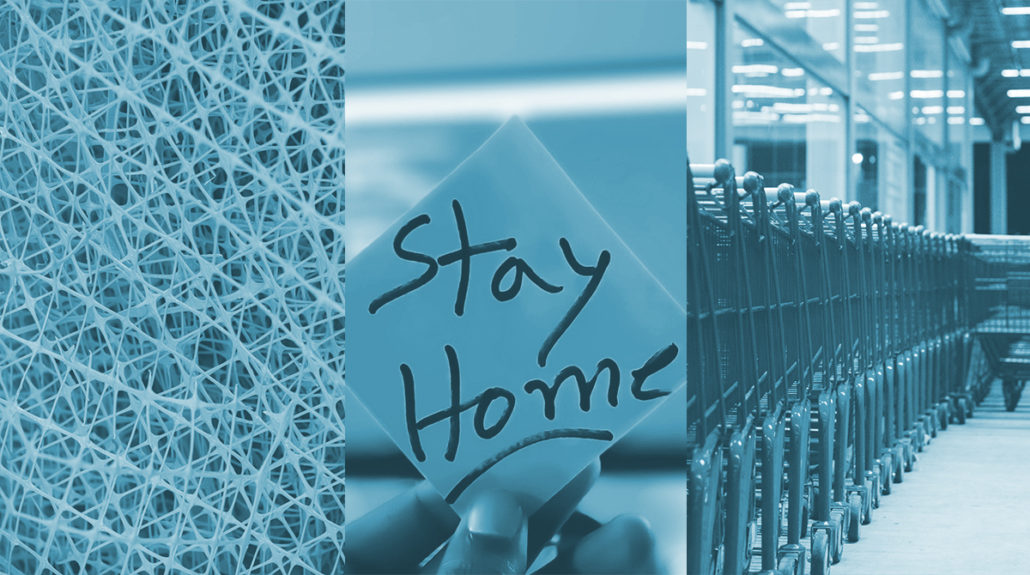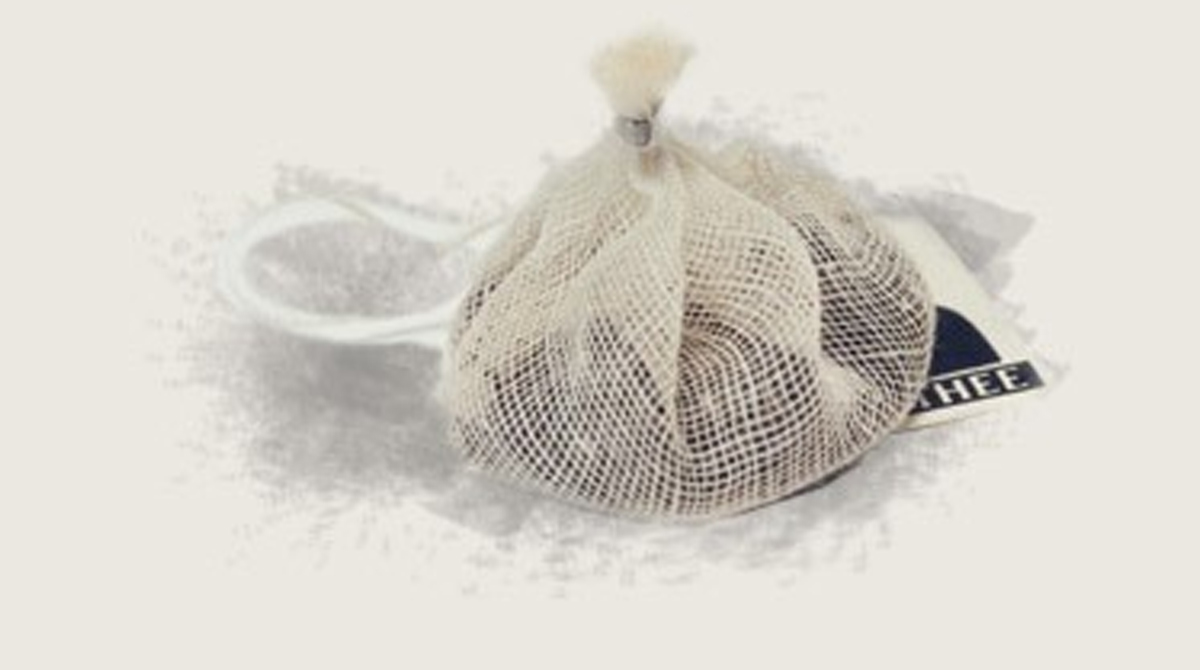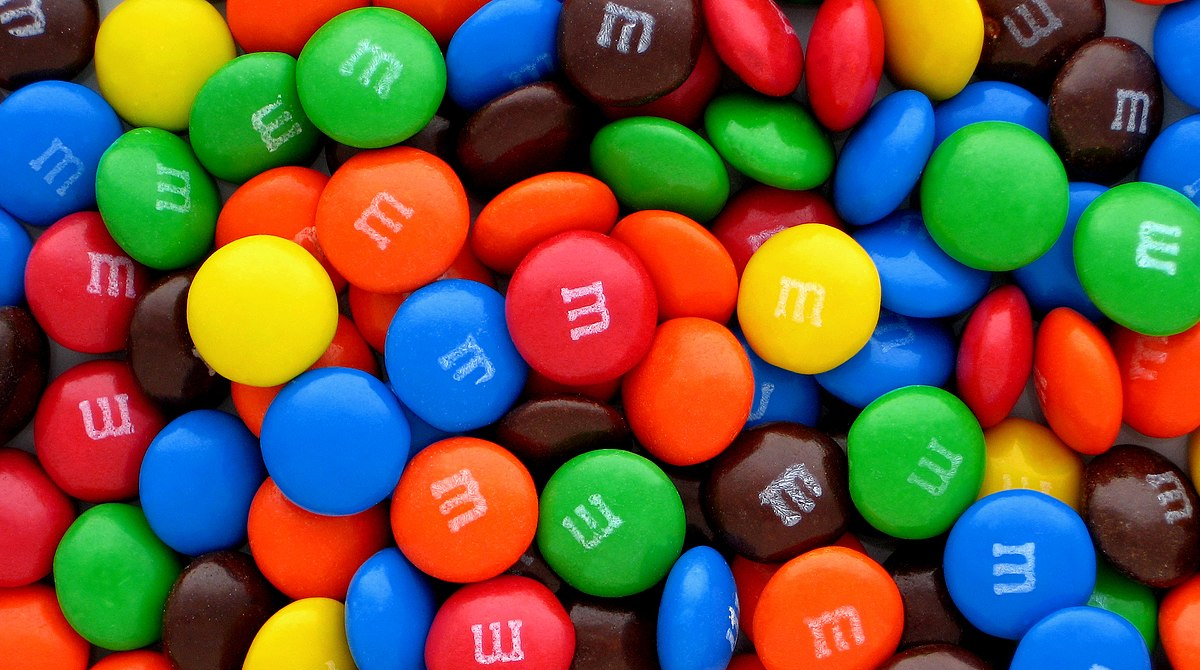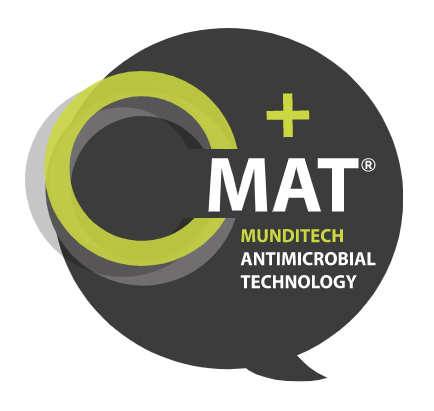
Product Development | When people used to speak about the ’20s in Germany, they spoke of an unequaled economic upswing – a time when German art, culture and science flourished. In my opinion, the new “twenties” could use a bit more of that. So far, we have a pandemic, a faltering economy, social unrest and world powers on collision courses. In the media, we are overwhelmed with expressions such as social distancing, flattening the curve, lockdown and so on. The pandemic has shaken our perception of what it means to be safe. It forces us to reconsider many things that we used to take for granted. Work, school, travel, fitness and entertainment can no longer exist in their present forms and must adapt.
In these times of crisis, industrial design has to be proactive. Our customers don’t just invest in productions made exclusively for times of pandemics, they must also extend beyond. And end users want to have a product that can be confidently used during the pandemic as well as thereafter. In addition to constantly changing guidelines and new medical findings, there is, however, one thing that is certain in the coming years: people’s need for safety – the focus on hygiene and health will not disappear quickly.
This leads to the following:
- Materials and technologies: Products of the future should have properties which can protect us against disease. At least it would be a great thing if they did. And not just for PPE (personal protection equipment), but especially for everyday products as well. Key factors are the avoidance of contact surfaces through e.g. the integration of voice control functions and/or gesture controls. If this is not possible, the use of hygienic materials and surfaces with antiseptic properties can represent added value.
- Domestic culture: One’s own home will remain a central focal point after the pandemic. It has become our safe zone in life (and in work). The place in which we are free of restrictions and uncertainties. Every physical and digital product which facilitates our protected lifestyle will continue to win over users.
- Design of processes in the public space: Actually old hat for every industrial designer – we have always analyzed how people interact with products and what processes they go through. Design thinking and the definition of customer journeys – a perfect basis to now add the space/time factor to the mix so as to be able to design how people can continue to enjoy life with less contact to each other (e.g. at the supermarket).
Twice a month we send you the best tips for corporate design and trend decisions!
Invention is Born of Crisis
Everyone knows the saying: “Necessity is the mother of invention.” Here a few great examples:

Tea bags: Invented in 1908 as a marketing gag to send samples of tea. The German company Teekanne incorporated this concept during the 1st World War and invented the “tea bombs”, using cotton as the packing material. The portioning was extremely simple and they could be easily delivered to the soldiers. They continued to remain popular after the war.

M&Ms: “Melts in your mouth, not in your hand.” This slogan arose during the Spanish Civil War, as the founder of Mars, Incorporated observed British soldiers snacking on chocolate that had a thick coating of sugar. He applied for a patent and the rest is history.

Radar: Today, we use radar for many things. We often come into contact with radar in the form of speed checks. In 1930, the British used radar in order to predict strong storms. They quickly recognized that they could also use it to identify German bombers.
Check out this great list: https://www.interestingthings.com/story/smart-things/20th-century-inventions-in-times-of-crisis/

Material Alert
Giessen-based company Munditia Technologies GmbH has developed an antiviral and antibacterial surface coating with a long-term effect: It kills SARS-CoV-2 viruses. This plant-based coating can be applied to surfaces made of wood, metal, plastics, textiles, nonwoven materials and paper – and it could be a worldwide breakthrough for hygiene measures against the COVID-19 pandemic.
Other Projects





